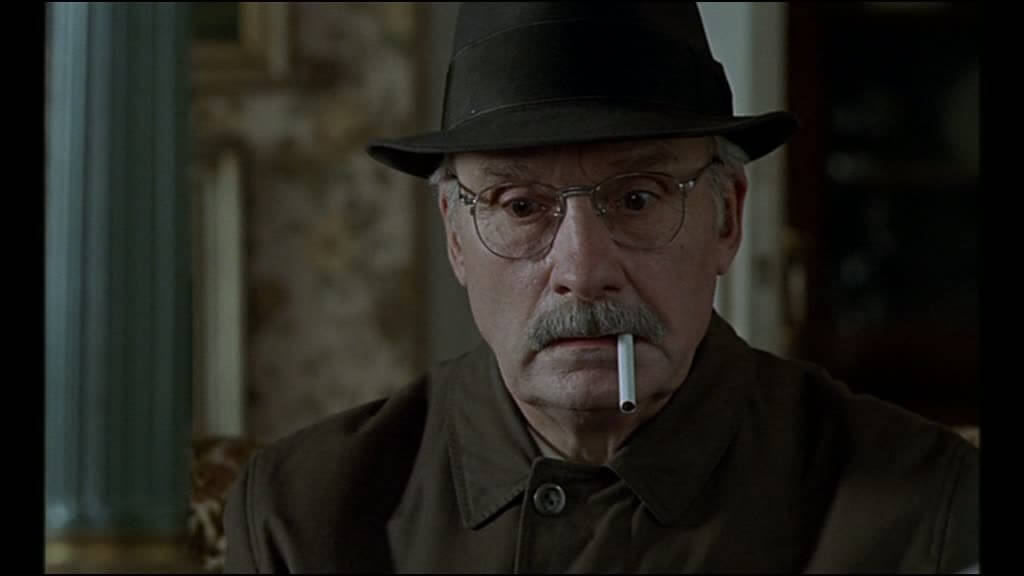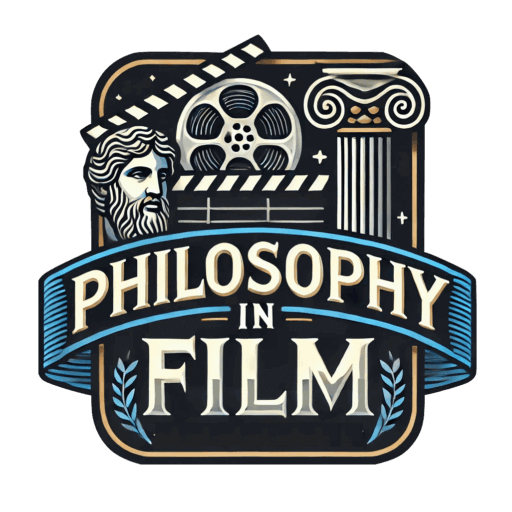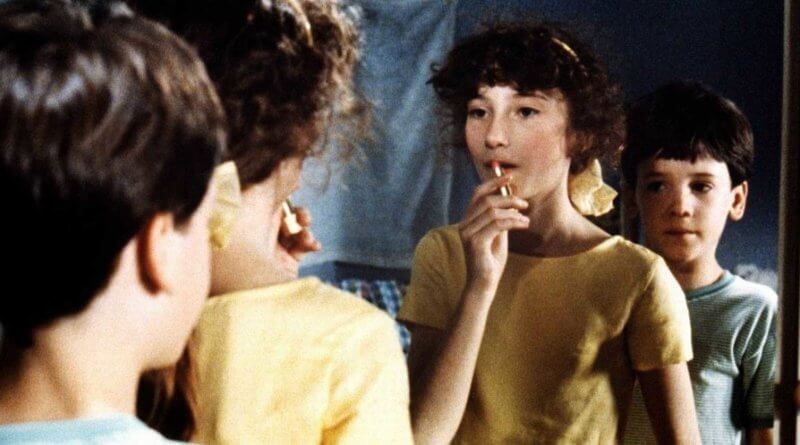Toto the Hero, the Antithesis to Classical Hollywood
European art cinema, above all else, seeks to break free of the conventions of Classical Hollywood filmmaking. By creating a narrative that relies on complex characters and both objective and subjective realism, European filmmakers subvert the expectations of an audience accustomed to more traditional formulas in storytelling. European Art Cinema, including films like Toto the Hero, breaks these Classical Hollywood formulas and provides a different kind of viewing experience.
Unlike Hollywood the vast majority of Hollywood films, Toto the Hero (Toto le Héros) uses visual and narrative techniques that step outside the norm. Toto the Hero is a prime example of European Art Cinema, due in part to frequent instances of weak narrative causality, unclear character motivation, and minimal closure.
Toto the Hero follows the musings of an elderly man named Thomas (who refers to himself as ‘Toto’) as he remembers flashbacks of his own life. Thomas is an unreliable narrator, as many of his “memories” are clearly fantasies, though the distinction between fantasy and reality is not always clear. With a few exceptions, much of Thomas’ life seems rather uneventful, and Thomas attributes this to having his life “stolen” by a man named Alfred Kant. Thomas intends to kill Alfred as revenge for taking the life that belonged to him.
In Classical Hollywood Cinema, it is a necessary practice to link scenes together with a clear string of causality. In other words, the filmmaker must ensure that scenes are narratively related. For example, a scene might depict a woman stating, “I need to go to the supermarket.” The next scene can immediately cut to the woman shopping in the supermarket, and even though we did not watch her leave her house and go to the supermarket, there is enough causality for us to understand the break in time between scenes.
This is not always the case in Toto the Hero. Although there is a coherent, overarching story, Toto the Hero has several extraneous scenes that show very little causality and virtually no relation to one another. Several important scenes work to set up the story, but many scenes throughout the film that do nothing to advance the overall plot. For example, the “Boom Boom Boom” song, which we hear multiple times in the film, does not get Thomas any closer to his goal of killing Alfred. However the first time the song is introduced, it does (to an extent) help the viewer understand that Thomas’ family is happy.

Much later in the film, while riding in a car, Thomas sees his father and sister singing the song in the back of a truck. This scene does not advance the plot at all, nor does it help the audience further understand Thomas’ character. It merely gives the audience a glimpse into Thomas’ memories and relates back to the beginning of the film.
Another scene that lacks causality takes place in a bar, during Thomas’ first date with a woman named Evelyne. Thomas tells a bad joke, which refers back to an earlier part of the film when his mentally handicapped friend, Celestin, told him the same joke. This scene does not reveal any new information about Thomas and does not move him any closer to his goal. Other arguably extraneous scenes include the two scenes of Alice lambasting (and eventually breaking) the Virgin Mary statue, a scene depicting smoking on a train, and a knife contest between young Thomas and Alfred.
Most of Thomas’ actions are justified, but during several key moments in the film, his behavior has no clear motivation. These moments are most noticeable during Thomas’ middle age and older years. Even though he convinced Evelyne to divorce Alfred and fall in love with him, Thomas leaves her for no apparent reason. This is the first in a series of choices that Thomas makes without any explanation.
In his later years, Thomas escapes his nursing home, finds Alfred, and just when he has the chance to kill him, he decides to deviate from a plan that has been years in the making. From the beginning of the film, the audience expected Thomas and Alfred to face off, but the film subverts this expectation in the final moments. Instead, Alfred walks away without explaining his thought process in any way.
This kind of ambiguity is almost never seen in an example of true Classical Hollywood narrative. In Classical Hollywood Cinema, there is a build up to a foreseen climactic moment, followed by the protagonist either achieving their goal or altering their goal. In either case, the story comes to a satisfying close with no questions left unanswered. Closely following his run-in with Alfred, Thomas flirts with the idea of shooting himself in the head, but instead throws the gun into a nearby field.

The first decision (to kill himself) makes more sense when considering Thomas’ generally negative outlook on life, and his belief that Alfred stole everything from him. At this point in Thomas’ life, he is an old man who has led a miserable life filled with regret and bitterness. But instead of killing himself, he gets rid of the gun and rushes back to Alfred’s hideout, where Thomas locks Alfred in a closet, and assumes the “role” of his archnemesis.
At the end of Toto the Hero, the audience is still left with many unanswered questions. For example, what happens to Alfred? Do the assassins attempt to rectify their mistake? Also, what happens to Celestin? Why do we hear Thomas laughing in the final moments? In a Classical Hollywood narrative, these questions would all be answered before the credits roll. The audience would have a firm understanding of where each character stands by the end of the film.
The example of Thomas laughing during the final scene also brings about a few other questions. Did Thomas’ goal change completely by the end of the film? Was it actually Thomas’ intention to follow through with his original plan? Was Thomas’ story merely the product of a mentally-unstable narrator? While we, as viewers, can speculate on the right answers to these questions, the film makes it impossible to answer them with any certainty.
Although Toto the Hero does share some similarities with some Classical Hollywood narratives (character arcs, enigmas, etc.), the film as a whole reflects much more of the European Art Cinema style. Writer-Director Jaco van Dormael leaves much of his characters’ motivations unclear, allowing the viewer to form their own opinions about why Thomas, and others, behave as they do. Additionally, Dormael leaves the ending rather ambiguous, directly contradicting the Classical Hollywood Cinema’s tradition of providing narrative closure. In the end, Toto the Hero, through carefully designed storytelling techniques, works as an antithesis to Classical Hollywood Cinema, and serves as a prime example of European Art Cinema’s narrative complexities.
Toto the Hero is currently available to purchase via Amazon right here.

